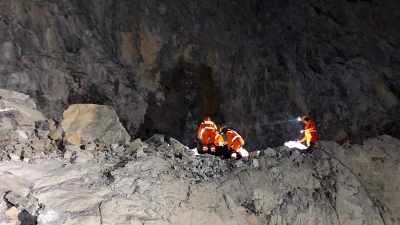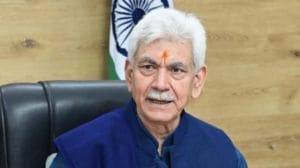Could more airlines soon be offering free Wi-Fi?
Travelers used to getting a free wireless Internet connection on land are not willing to pay for one at 30,000 feet (9,000 meters).
Travelers used to getting a free wireless Internet connection on land are not willing to pay for one at 30,000 feet (9,000 meters).
Wireless Internet service on airlines has not caught on,mostly because of the price. Travelers already paying $25 to check a bag and $20 for a roomier seat do not want to fork over $5 or more for Wi-Fi unless it is a necessity. They’re saving their Web surfing for solid ground,where “hot spots” offer the service without charge.
Airlines have offered promotions,including some free service,to draw attention to their Wi-Fi. But experts say only about 10 percent of passengers on Web-enabled flights have taken advantage.
Airline technology consultant Michael Planey thinks Wi-Fi will be free as early as mid-2011. But if airlines want to go that route,there is a catch: They still have to compensate the service provider,such as Aircell,whose Gogo Inflight Internet serves every major airline except Southwest.
Planey thinks the airlines have a few options to cover the costs:
* Getting big companies like Google or Verizon to sponsor free Internet service. Those providers would make money through advertisements.
* Pay for some part of the service themselves,and then use it to cut costs. For example,a flight attendant could use the inflight Wi-Fi to connect with reservations at the terminal and make new arrangements for passengers who missed a connecting flight.
* Airlines could arrange ways to get a commission when travelers buy things online.
Planey predicts that discount carriers like JetBlue,AirTran and Southwest will stop charging first,promoting free Wi-Fi to win passengers away from bigger airlines.
The major airlines have equipped most of their planes with Wi-Fi and promoted the service. Prices of $4.95 to $12.95 aren’t exactly exorbitant,but passengers will not shell out money for something they don’t see as a necessity after paying higher airfares than last year and other fees,says Anne Banas,executive editor of SmartTravel.com.
Even business travelers,who tend to have more money and a stronger desire to be constantly connected,do not seem to be latching on to Wi-Fi service in big numbers. Banas thinks it is a problem with the logistics of working on an airplane: there is not enough wiggle room between the seats,or enough time in most cases between takeoff and landing,when laptops and smart phones have to be turned off and stowed.
“If it were easy,or if it were free,people would be much more likely to take advantage,” Banas said. “It’s just not there yet.”
For now,Banas thinks Wi-Fi on Amtrak,the U.S. passenger train service,which has more space and no worries about tucking things away for takeoff,is a better solution.
Amtrak has had Wi-Fi for about four months on its high-speed Acela trains in the Northeast Corridor. It is free,and Amtrak said it will stay that way.






- 01
- 02
- 03
- 04
- 05

























